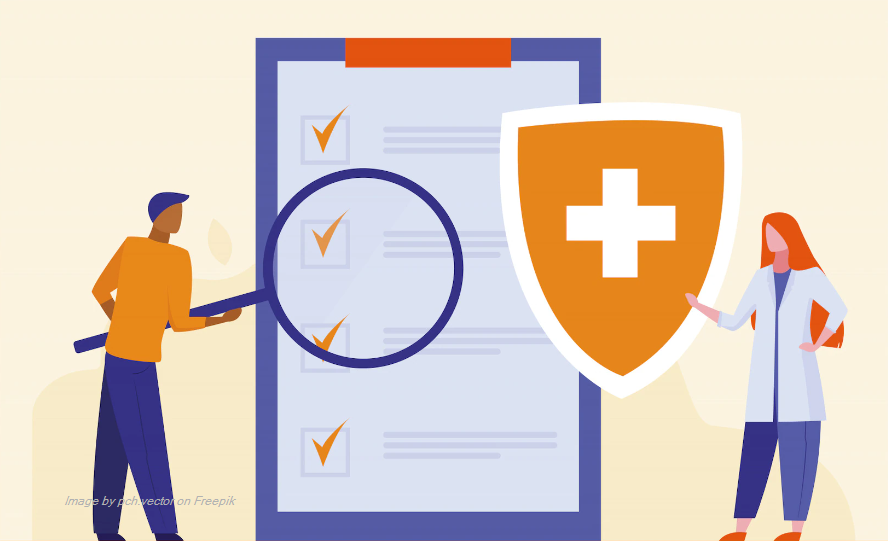AI and Machine Learning technologies offer powerful tools for enhancing occupational health and safety. Here’s how they can provide further value:
Pattern Detection and Risk Identification
AI algorithms can analyze vast amounts of data from various sources such as accident reports, safety audits, and environmental monitoring to identify patterns and correlations that might not be visible to the human eye. For example, an AI might discern that certain types of injuries are more common on specific days of the week or during particular shifts, or that certain combinations of environmental factors are associated with a higher risk of accidents.
Analyzing Unstructured Data
Much of the valuable data in occupational health is unstructured, in the form of incident narratives, inspection notes, etc. AI, like IBM’s Watson, can be trained to read and understand this unstructured text, extracting key information and insights. This could include identifying common factors in safety incidents, or flagging potential health risks mentioned in the text.
Prevention Strategies
Once the AI system has identified risk patterns, it can also be used to devise and recommend preventive measures. For example, suppose the AI identifies a higher risk of accidents on job sites with certain conditions during certain times of the day. In that case, it might recommend additional safety training or bulletins for workers scheduled to work in those scenarios, changes to lighting or other environmental factors, or scheduling high-risk tasks for daylight hours.
Predictive Analysis
Using past data, AI can be employed to predict potential future incidents before they occur. This gives organizations the ability to proactively manage risks and prevent accidents, rather than just reacting after they’ve happened.
Personalized Worker Health
AI can be used to create personalized health profiles for workers, taking into account factors like age, job role, health conditions, and more. This can enable personalized health recommendations to reduce individual health risks.
Ergonomics
AI can also help in assessing ergonomic risks in the workplace. Using computer vision and machine learning, it can analyze the posture and movements of workers, identify potential ergonomic issues, and suggest improvements.
As with all uses of AI, it’s important to remember the ethical implications and ensure data is used responsibly. Privacy and consent are crucial, particularly with health data, and the data needs to be securely stored and handled.
About Citizen39
As a digital strategy consultancy, it is important to stay current on the latest trends and technologies and helping our clients leverage these tools to achieve their goals. Employee health and safety is one of the areas where we have specialized experience with. Call us to learn more about our approach to designing and executing the right data strategy for you.

Recent Comments